Description
As a highly sought-after plant for both indoor and outdoor spaces, the Philodendron ‘White Princess’ boasts stunning white and green foliage, adding a touch of elegance to any setting. With its ability to purify the air and improve overall air quality, this versatile plant is not only aesthetically pleasing but also beneficial for your health. Perfect for any plant lover or as a thoughtful gift.
Full Botanical Name:
Philodendron ‘White Princess’
Common Names:
White Princess Philodendron
Country and/or Region of Origin:
Another cultivated hybrid variety, with its progenitors originating from the tropical Americas.
Growing Conditions in Native Habitat:
Like other Philodendrons, it would naturally thrive in the understory of tropical forests, enjoying high humidity and filtered light.
Care Information:
-
Light:
Prefers bright, indirect light to maintain its striking white variegation. Direct sunlight should be avoided to prevent leaf burn. -
Ideal Room:
Ideal for any indoor space that can provide filtered sunlight, such as near a window with sheer curtains in a living room or office. -
Feeding:
Feed with a diluted liquid fertilizer every 4-6 weeks during the growing season. Reduce feeding in the winter months. -
Humidity:
Requires high humidity. Regular misting or using a humidifier can help meet its humidity needs. -
Ideal Temperature:
Performs best in temperatures between 65°F and 85°F (18°C to 29°C). Protect from cold drafts and temperatures below 55°F (13°C). -
Watering:
Water when the topsoil becomes dry. Philodendrons prefer the soil to be moist but not waterlogged. -
Pet/Child Safe:
Toxic to pets and children if ingested. Contains calcium oxalate crystals which can be irritating. -
Soil:
A well-draining, nutrient-rich potting mix is ideal, typically containing peat, perlite, and organic compost. -
Propagation:
Best propagated through stem cuttings in spring or early summer. -
Eventual Height and Spread:
Can grow up to 2-3 feet in both height and spread, depending on care and conditions. -
Growth Rate:
Moderate. Variegated plants often grow slower than their non-variegated counterparts. -
Pests and Treatment:
Look out for common indoor pests like spider mites, mealybugs, and scale. Treat with appropriate insecticides or natural remedies like neem oil. -
Repotting:
Repot every 2-3 years in spring to provide fresh soil and room for growth. -
Pruning:
Prune to maintain shape or remove damaged leaves, which helps promote new growth and maintain plant health. -
Folk Law:
Philodendrons symbolize health and abundance, often used to enhance the aesthetic and environmental quality of indoor spaces.

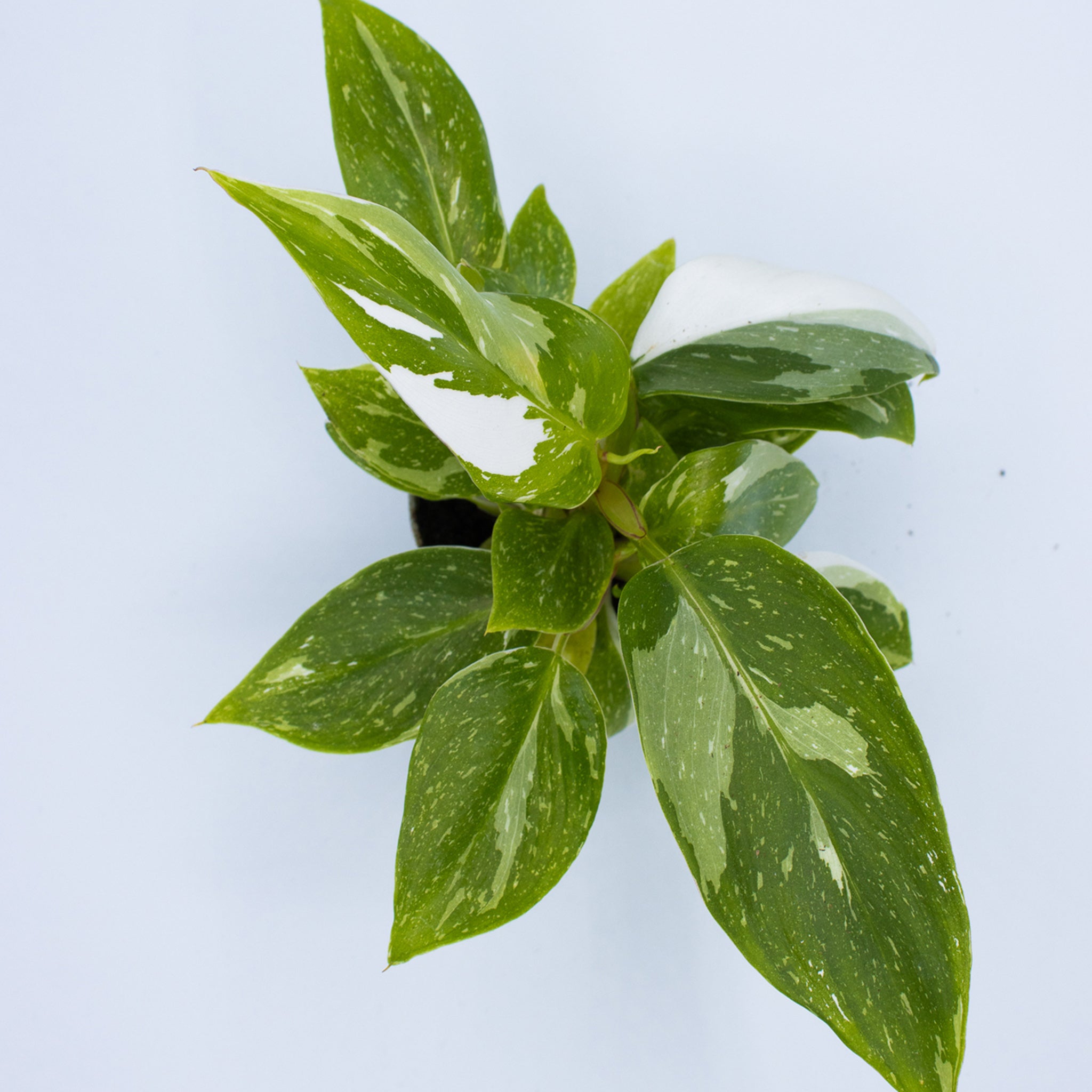
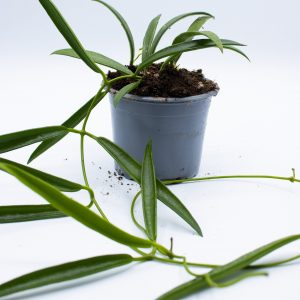
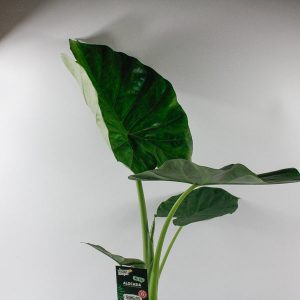
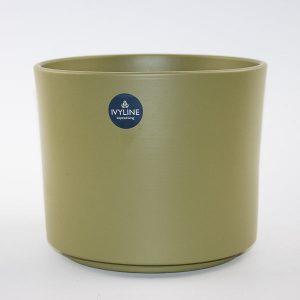
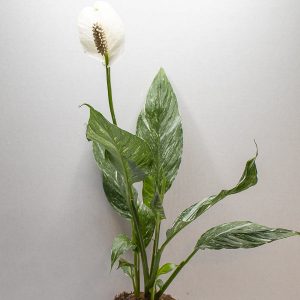
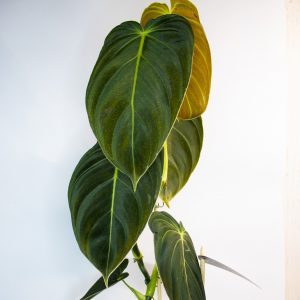

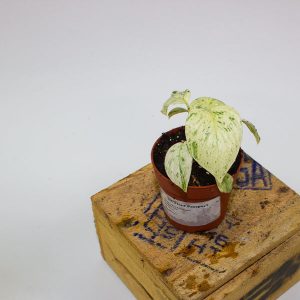

Reviews
There are no reviews yet.